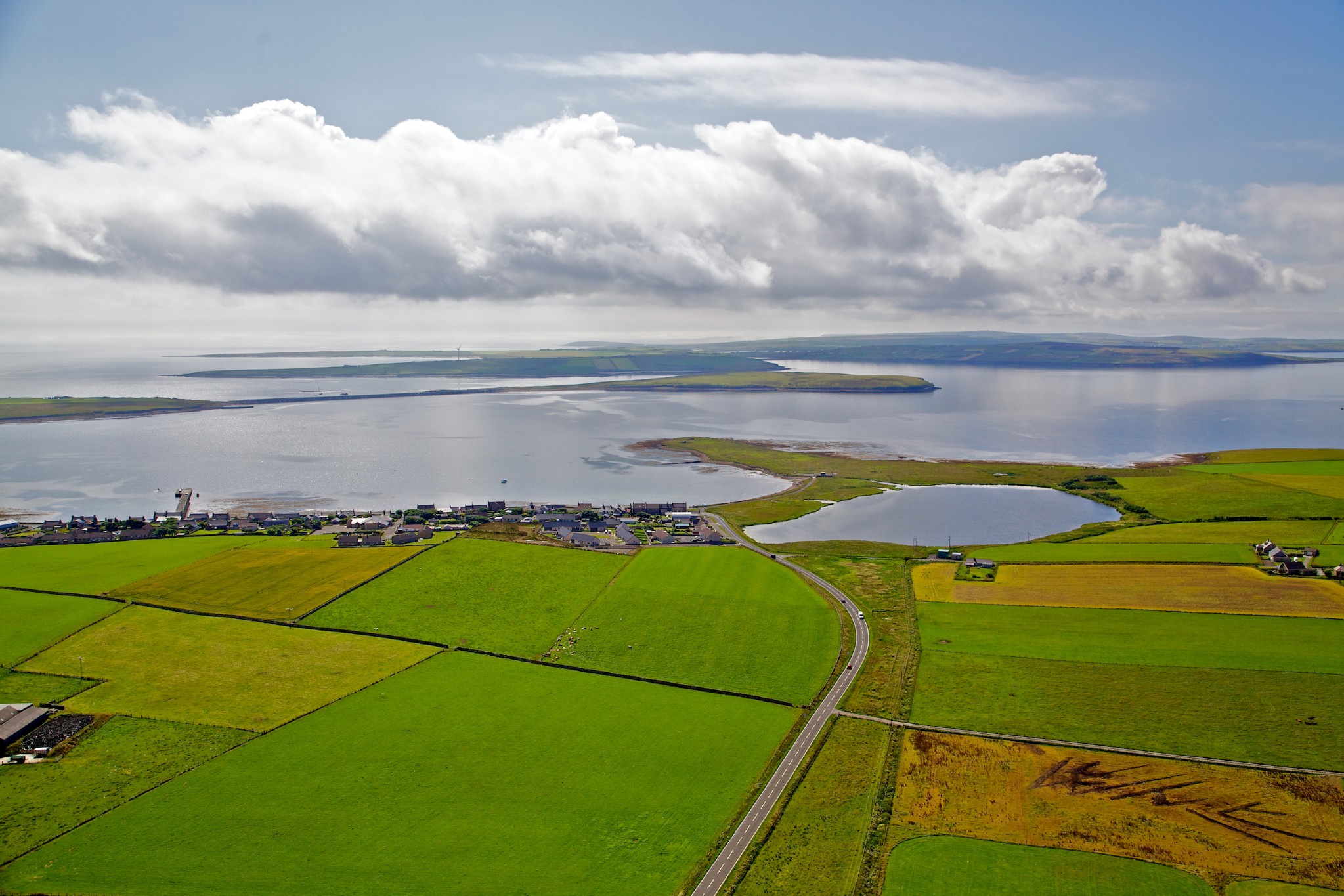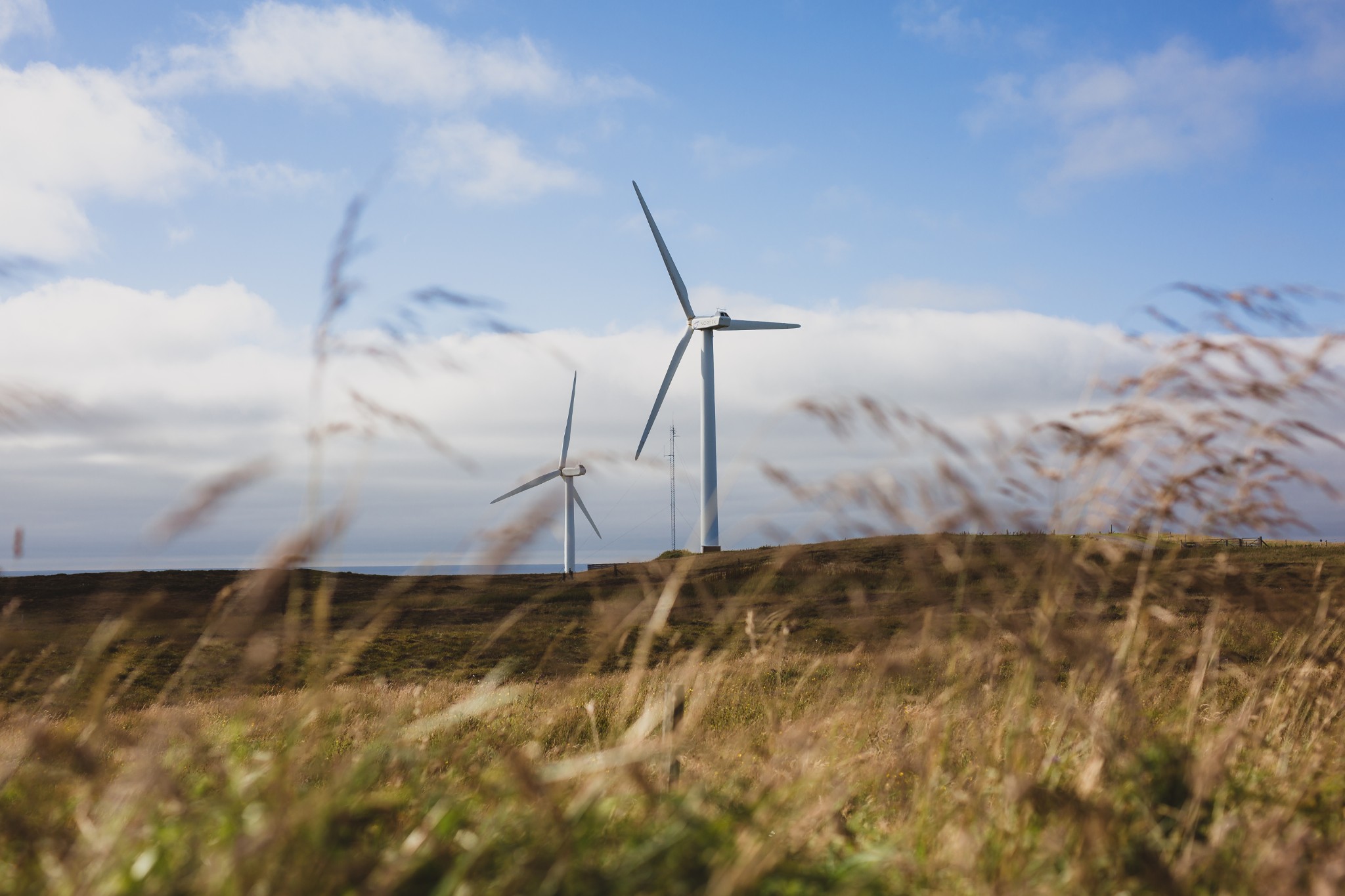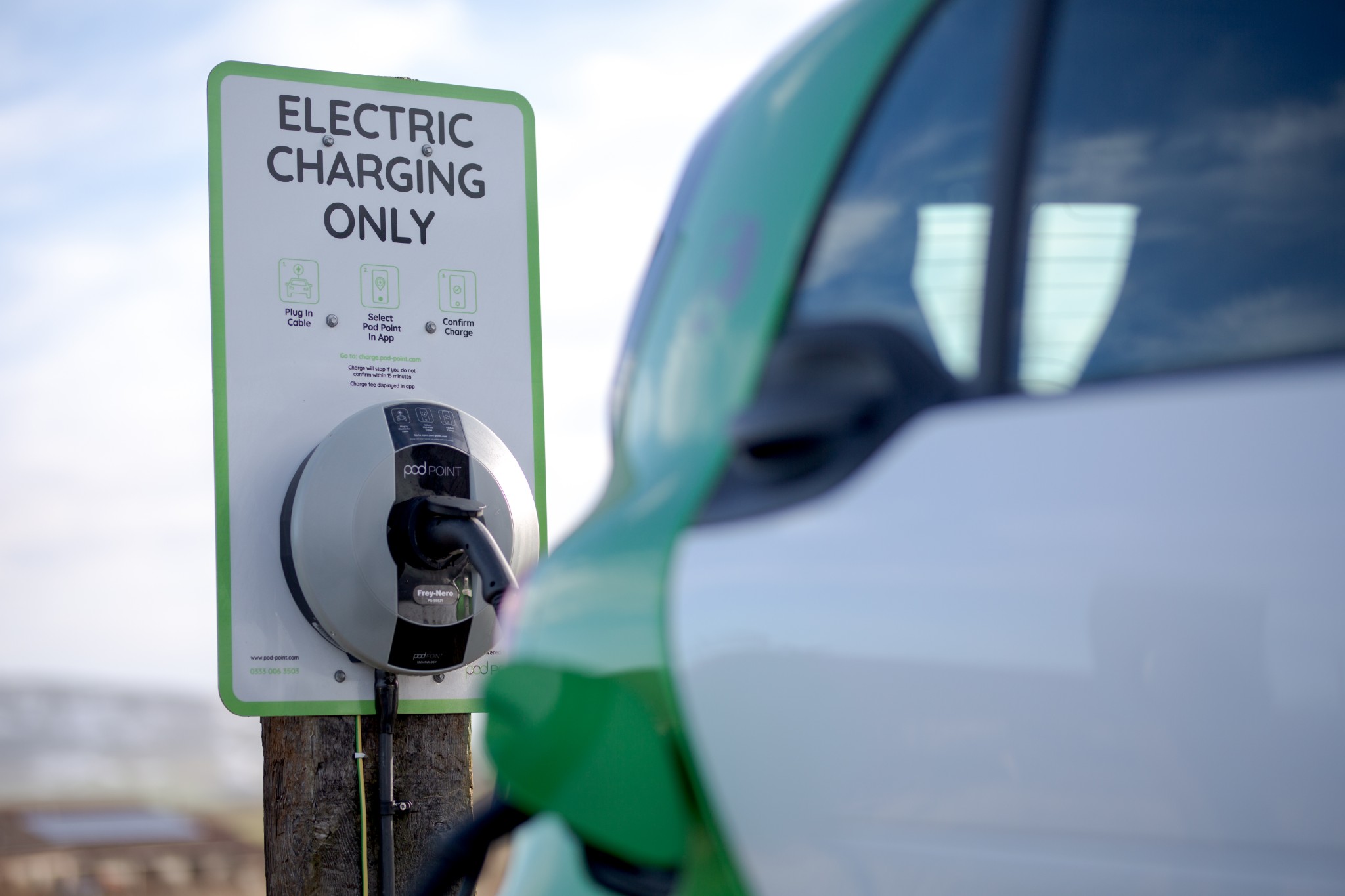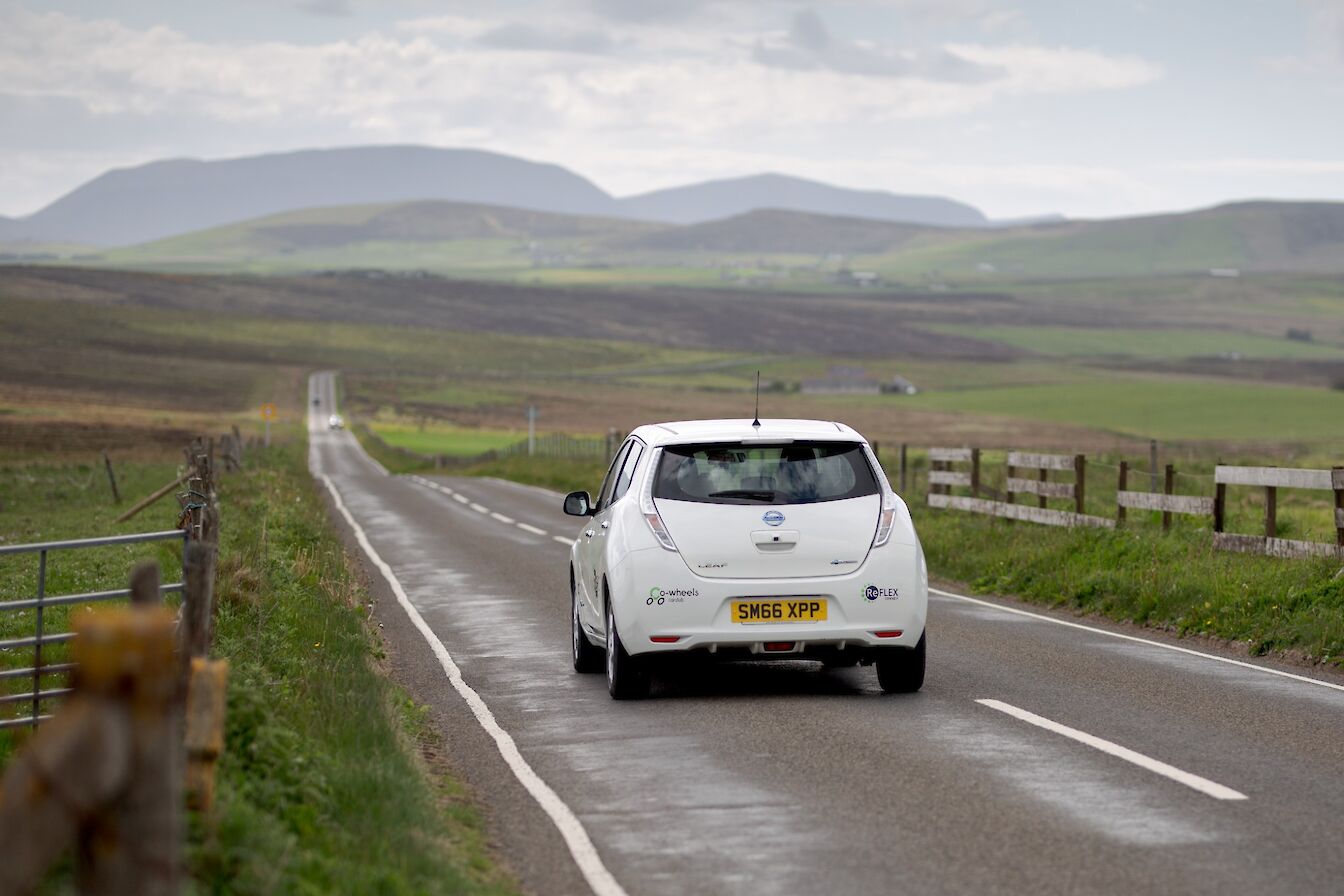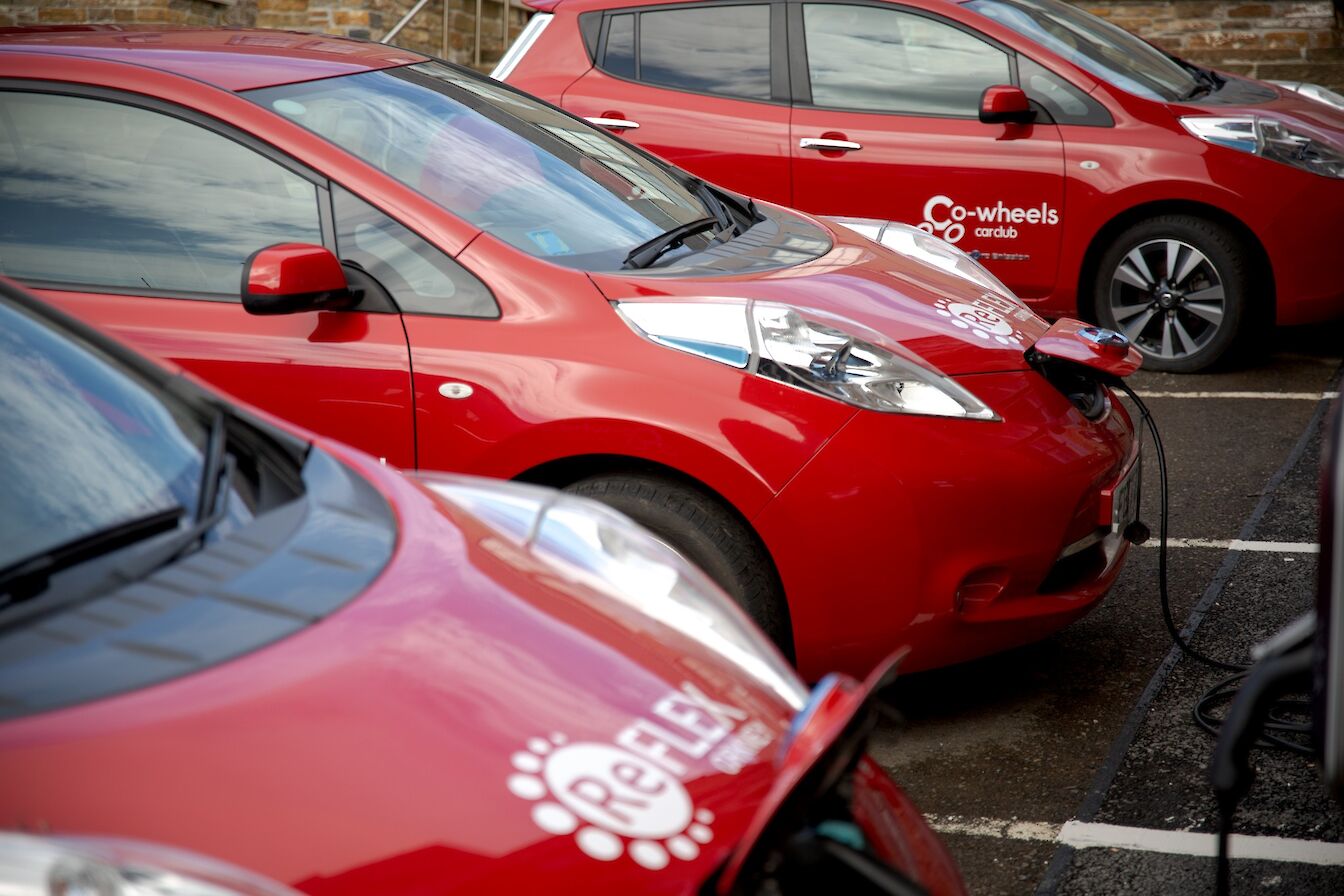We just leased an electric car. Our neighbours ordered one and alerted us to the offer of a substantial grant towards the cost so we thought we’d take the plunge.
Neighbours a few doors further down have one so it seemed we should keep up with the Joneses. We all have the same model and lead-in colour, known as runway red (I know, perhaps if I’d studied runways more closely I might understand).
I had been told that electric cars were totally unsuitable for Orkney but, on the contrary, they are ideally suited. Owners will have a fast charger at home and be able to set off each morning with a full battery. Our car has a range in excess of 200 miles so we can easily drive into Kirkwall, Stromness or both; have a run down to Burwick; go for lunch at the Birsay Bay Tearoom and still be home with miles to spare for Bev to go to her fiddle lesson in Holm after tea (around 130 miles in total).
We also intend to visit family in Yorkshire and Berkshire in the car, just as soon as we get used to the three alternative ways of switching on the radio; how to operate the heater and the symphony of bells and whistles alerting us to all the errors in our driving.
I mentioned in Remote Orkney, in this column a couple of months ago, that the road south has been designated The Electric A9 after plans for a good distribution of charging points along its 273 mile length from Scrabster to Falkirk. We intend to make use of these and will, no doubt, find the most convenient to use during comfort breaks and dog walks. We’re never in a rush and quite happy to take two days over the trip so setting off on day two with a full charge should be no problem. Jonathan Porterfield, who arranged our car for us from Reflex Orkney, once did John O’Groats to Land’s End and back in 48 hours in a Nissan Leaf – and that was way before the sprouting of all the chargers we have now.
A local wag did suggest, however, we would spend a good proportion of the money saved on fuel drinking coffee and eating buns while we wait for more fuel – that suits me.
The whole point of electric vehicles is to reduce gaseous carbon emissions and save the planet. There are no carbon emissions from an electric (EV in the jargon) vehicle, apart from those emitted in manufacture. It is powered by an electric motor, like a sewing machine but quieter, so nothing comes out of any exhaust pipe – there isn’t an exhaust pipe. Not that there’s a problem with this in Orkney but EVs will massively reduce air pollution in our big cities, outside schools and the like.
The solution isn’t perfect, of course, because if the electricity is generated by a coal or oil powered station then some carbon is emitted at point of generation. Much better if it comes from a renewable source such as wind. We must also be sensitive to the mining of rare metals with which to construct the car in the first place.
We haven’t had the car long but we’re really enjoying motoring in it. My favourite bit is when you click (it’s a very soft click) the gear selector into D for drive and the car moves silently forward. As speed picks up – descriptions of this vary from ‘like something slipping quickly off a shovel’ to ‘like the arrow of William Tell’. Howsoever described it is the most powerful family saloon I have ever driven.
Loki (that’s what we’ve called her) has a thing called ‘regenerative breaking’ which allows energy to be returned to the battery when the car is running downhill, not under power. Even on the flat, when one’s foot is taken off the gas, the battery reclaims some of the movement energy as re-charge. It doesn’t mean that energy is being created out of thin air, there being no such thing as a free lunch, of course. The laws of thermodynamics are not in any danger. When we coast down the steep (13%) Berriedale Brae in Caithness, on the way south, we will not generate enough to reach Perth, but it will mean less energy is wasted using the brake.
Since 2013 Orkney has generated more than 100% of its electricity from renewable sources (mostly wind, but wave and tidal power are being developed). 300 local jobs are provided by the renewable energy operations. Orkney has, per capita, more electric vehicles and renewable heat installations (RHI) than elsewhere in the UK. We have renewable energy capacity in our homes which is 9 times greater than the national average. For more information on all this technical stuff visit the ReFLEX Orkney website.
Take heart, dear reader, the Earth is not out of the woods yet, but there’s an electric candle flickering in Orkney – powered by the wind – that may yet lead us into the clean, sunlit uplands.
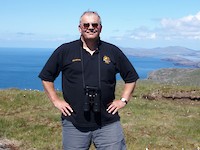 Richard writes regularly for Scottish Islands Explorer. His first book: 'Scotland’s Islands – A Special Kind of Freedom' was published in 2014. 'Orkney – A Special Place' appeared in 2017, with 'Orkney - A Special Way of Life' arriving in 2021. The books are published by Luath Press, Edinburgh
Richard writes regularly for Scottish Islands Explorer. His first book: 'Scotland’s Islands – A Special Kind of Freedom' was published in 2014. 'Orkney – A Special Place' appeared in 2017, with 'Orkney - A Special Way of Life' arriving in 2021. The books are published by Luath Press, Edinburgh
